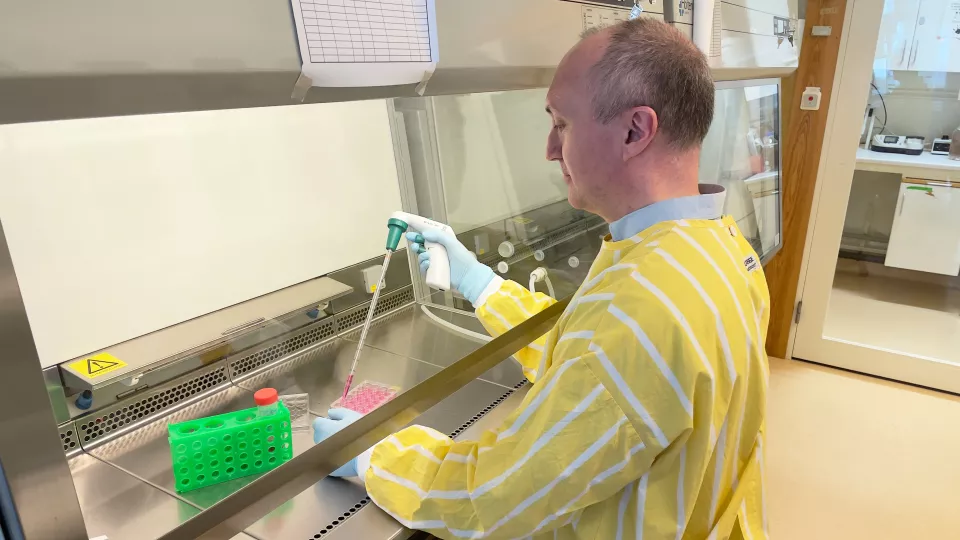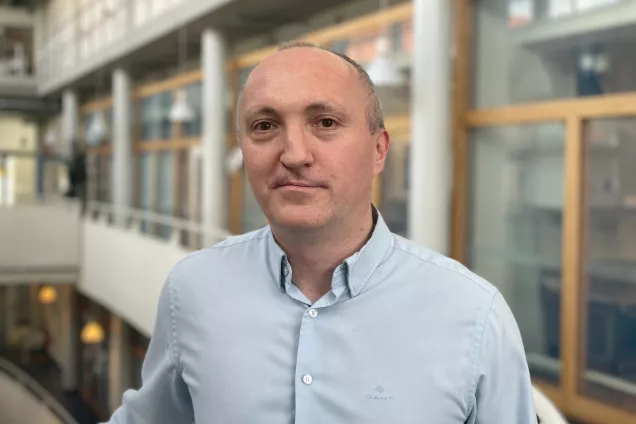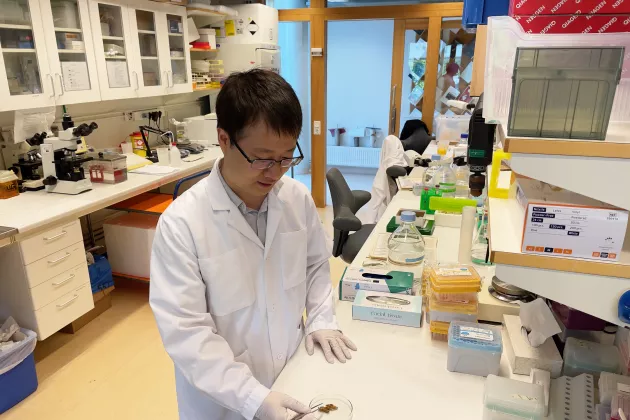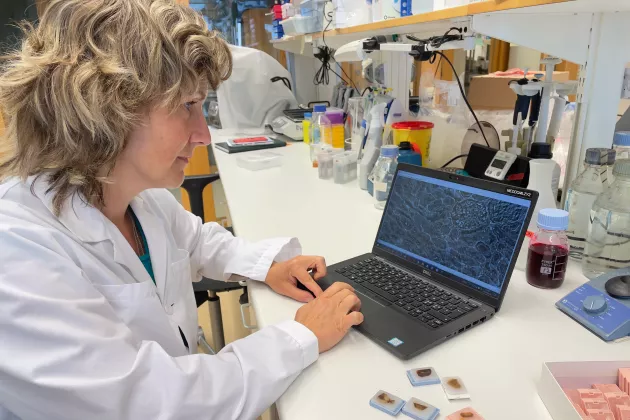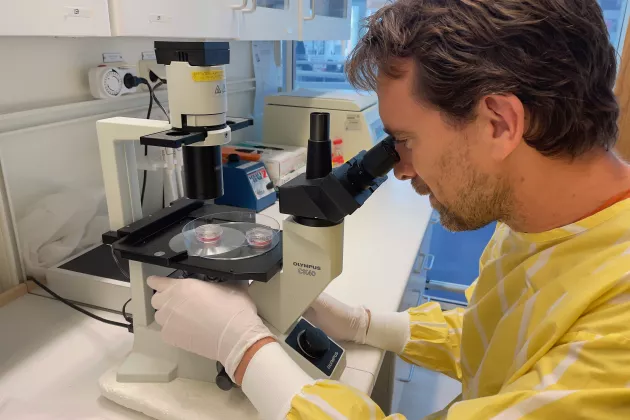Gestational diabetes happens when the body cannot produce enough insulin during pregnancy. The condition normally goes away after birth of offspring, but some people who have had this type of diabetes develop lifelong type 2 diabetes.
Diabetes researcher Rashmi Prasad has been awarded 50,000 euro by the Hjelt Diabetes Foundation for a research project that aims to identify which women with gestational diabetes are at risk of developing type 2 diabetes.
"Women with gestational diabetes have an increased risk of developing type 2 diabetes after pregnancy. Gestational diabetes also increases the risk of type 2 diabetes and other cardiometabolic diseases in the child. By studying gestational diabetes, we can also find new ways of preventing type 2 diabetes in both mother and child," says Rashmi Prasad, associate professor of genomics, diabetes, and endocrinology at Lund University Diabetes Centre (LUDC).
Genetic predisposition to type 2 diabetes
Rashmi Prasad uses population studies such as All new diabetics in Skåne (ANDIS) to develop a better understanding of why some people develop type 2 diabetes in connection with gestational diabetes. Research on ANDIS has shown that it is possible to classify type 1 diabetes and type 2 diabetes into five subgroups based on the disease progression. Researchers at LUDC have also shown that there are distinct genetic differences between the four subgroups pertaining to type 2 diabetes.
"We will use data from ANDIS and similar population studies to investigate whether women who have had gestational diabetes have a genetic predisposition to a specific subgroup of type 2 diabetes. Another important goal of the project is to find out how the health of newborn babies to mothers with gestational diabetes is affected. We hope that this knowledge can be used to identify which women are at most risk of developing type 2 diabetes after pregnancy and develop preventive measures that can protect both mother and child from developing the disease," says Rashmi Prasad.
Protective mechanisms in obese individuals
The second project at LUDC to receive funding from the Hjelt Diabetes Foundation is led by Sebastian Kalamajski, who studies the role of the genes in the development of obesity and type 2 diabetes. Obesity often leads to type 2 diabetes, but not in all individuals. There is a group of individuals who, despite having a high BMI (body mass index), do not have an increased risk of type 2 diabetes.
Sebastian Kalamajski is part of a research group that has identified specific genome positions that associate with obesity that does not lead to type 2 diabetes. The grant of 30,000 euro will be used for studies of two specific genes at these sites in the human genome.
"The two genes seem to affect how many new fat cells are generated to handle the body's nutrients, which in turn determines the health of adipose tissue," says Sebastian Kalamajski, researcher in genetic and molecular epidemiology at LUDC.
CRISPR-Cas9 and similar genome editing techniques will be used to identify genetic variants and molecular pathways behind obesity that does not lead to type 2 diabetes. Long term, this kind of research may lead to new treatments of metabolic diseases.
"We want to understand the protective mechanisms in the group that does not develop type 2 diabetes. The genes that we are studying appear to be crucial for the fat tissue to stay healthy," says Sebastian Kalamajski.


